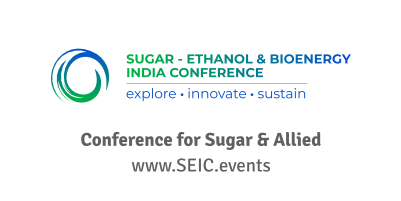Bengaluru-based scientists have announced a breakthrough that could shape the next generation of environmentally friendly batteries. Moving beyond today’s widely used lithium batteries, the researchers have developed a new cathode material tailored for eco-friendly zinc batteries—an innovation that promises improved energy density and greater material stability, according to the PIB release.
For decades, advances in energy storage have largely centred on lithium batteries, valued for their high energy density but burdened by environmental and safety concerns. In recent years, however, aqueous zinc-ion batteries (ZIBs) have emerged as a promising alternative, offering high storage capacity, enhanced safety, and reduced environmental impact.
Researchers worldwide have been exploring suitable cathode materials for zinc-ion electrolyte systems, seeking options that combine longevity with high energy storage. Although several oxide-based materials have been tested, many have fallen short of delivering the required performance due to multiple inherent limitations.
To address this challenge, a team led by Dr. Ashutosh Kumar Singh at the Centre for Nano and Soft Matter Sciences (CeNS)—an autonomous institute under the Department of Science & Technology (DST)—has devised a simple thermo-electrochemical treatment to “activate” cathode materials by altering their internal structure. This modification significantly boosts the materials’ energy density and stability.
The breakthrough centres on an uncomplicated activation process applied to vanadium oxide (V2O5), a common battery material. By exposing it to a precise combination of heat and electrical treatment, the team engineered intentional structural defects, transforming the smooth, solid material into a more porous form. The resulting zinc-vanadium oxide (Zn-V2O5) contains tiny channels that enable more efficient energy storage and release compared to standard V2O5. This new structure also facilitates hydrogen-ion interaction from the electrolyte, improving stability and reducing resistance to zinc-ion movement during charging and discharging.
The activated material allows zinc-ion batteries to achieve significantly higher energy density and exceptional cycle life, enabling them to store far more energy and endure thousands of recharge cycles with minimal performance loss.
The findings, recently published in Advanced Energy Materials, tackle a long-standing obstacle in zinc-ion battery development.
Co-author Rahuldeb Roy noted, “Recognizing the challenges in stabilizing and structurally modifying cathode materials to enhance performance, we pursued a deliberately simple yet novel strategy to activate conventional cathode materials used in Zn-ion batteries.”
He added that the technique not only advances ZIB technology but could also be applied to other cathode materials to improve energy storage. The researchers believe their approach could spur broader efforts to build sustainable, high-performance energy solutions for a greener future.
















